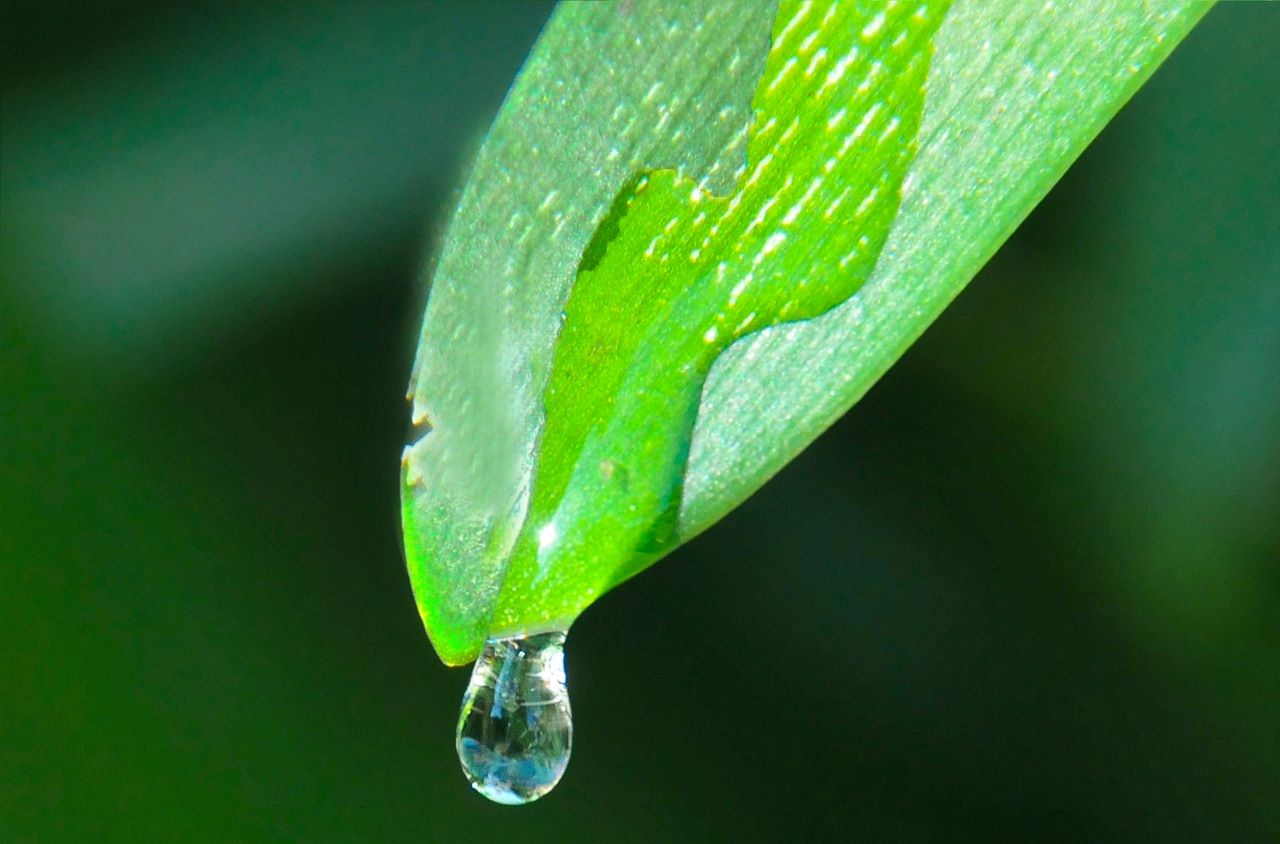Starting question: can you get pregnant from pre-ejaculatory fluid alone, without ejaculation inside the vagina? How likely is it on fertile days, including ovulation day, and does pre-ejaculate actually contain sperm? Below is a clear overview, realistic scenarios, and concrete steps to reduce risk.
Short answer
Yes, pregnancy from pre-ejaculate is possible. The risk is lower than with full ejaculation, but it rises during the fertile window and when fresh fluid has direct contact with the vagina.
What pre-ejaculatory fluid is
Pre-ejaculatory fluid, often called pre-cum, is a clear, slippery liquid that can appear during sexual arousal before ejaculation. It is produced in the Cowper’s glands and exits through the urethra, often without being noticed. The amount varies from a single drop to several milliliters. Its slightly alkaline nature can neutralize residual urine in the urethra and create a more favorable environment for sperm.
When it appears
It can appear early in arousal and may occur more than once during foreplay or intercourse. Some people notice very little, others more. The outflow is reflex-driven and cannot be reliably controlled.
Can you feel it
Most people do not notice the exact moment. This is normal.
Pre-ejaculate and sperm: what studies show
Pre-ejaculate is not produced in the testes and does not inherently contain sperm. It can pick up residual sperm in the urethra, especially if ejaculation occurred recently. In a frequently cited study from the University of California, San Francisco, sperm were detected in about 41 percent of pre-ejaculate samples; in 37 percent of those, the sperm were motile. PMC: Sperm content of pre-ejaculatory fluid
More recent pilot data suggest that with very careful use of withdrawal, motile sperm in pre-ejaculate are often not detectable or present only at very low and irregular levels. That lowers risk but does not eliminate it. Contraception 2024: Pilot study
Pregnant without ejaculation: how likely
Timing in the cycle is crucial. In the fertile window, the days before ovulation and ovulation day, even a small number of motile sperm may be enough. According to the NHS, sperm can survive in the female reproductive tract for up to five to seven days, especially in favorable cervical mucus around ovulation. NHS: Fertility in the menstrual cycle
Withdrawal is unreliable in typical use. Population data suggest about 20 out of 100 people become pregnant within a year, reflecting user error and the unpredictability of pre-ejaculate. ACOG: Effectiveness of birth control methods
Key numbers — at a glance
- Sperm detected in pre-ejaculate: about 41 percent of samples; motile in about 37 percent of those.
- Recent pilot data: with meticulous withdrawal, motile sperm are often absent or present only at very low, irregular levels.
- Sperm survival in the body: up to 5–7 days in favorable cervical mucus.
- Withdrawal in typical use: roughly 20 percent pregnancies per year.
In practice: scenarios, risk, what to do
| Scenario | Risk | Recommendation |
|---|---|---|
| Pre-ejaculate on a fingertip contacting the vagina | Low to moderate; higher if the fluid is fresh | Wash hands with soap and water before intimate contact |
| Pre-ejaculate on the outside of a condom | Low; increases with slippage or breakage | Put the condom on before any genital contact; replace if unsure |
| Sex without vaginal ejaculation using withdrawal | Present; the method is error-prone | Do not rely on it as your only contraception |
| Fertile days or ovulation day | Higher compared with days outside the window | Track your cycle and use effective protection |
| Condom used correctly from the start, no vaginal ejaculation | Very low, provided the condom is intact and correctly applied | Condom from first contact, correct size, pinch air from the tip |
Can pre-ejaculate be prevented or controlled
The outflow is reflexive. You cannot reliably stop or control it. Urinating before sex may reduce residual sperm in the urethra, but it is not a guarantee.
On the pill — is there still risk
With correct use, the pill is highly effective even if pre-ejaculate contacts the vagina. Missed pills, vomiting, or certain medicines can reduce protection. Read the patient leaflet and add a condom if unsure.
Not on the pill — what is the chance
Without additional contraception, risk from pre-ejaculate is clearly higher in the fertile window than outside it. A fixed percentage for a single event does not exist because sperm content in pre-ejaculate varies widely.
Pre-ejaculate and sexually transmitted infections
Pre-ejaculate can carry pathogens such as chlamydia, gonorrhea, HPV, herpes simplex, and HIV. Condoms markedly reduce risk, but they do not prevent every route of transmission such as skin-to-skin contact. CDC: 2021 STI guidelines
Reduce risk: concrete steps
You cannot stop pre-ejaculate by will. Reliable protection comes from consistent, correct behavior.
- Use condoms correctly from first genital contact through to the end.
- Keep hand hygiene high and avoid transferring fresh bodily fluids into the vagina.
- Do not plan withdrawal as the only method.
Highly effective contraception options
Choose a method that fits your needs and use it correctly. Condoms reduce the risk of pregnancy and many STIs. Hormonal methods are very effective with correct use. Copper IUDs are a reliable, hormone-free long-term option. For a quick effectiveness overview, see: ACOG: Contraceptive effectiveness

If you are concerned about pregnancy after contact with pre-ejaculate, emergency contraception may be appropriate depending on the time elapsed. For background on fertile days and timing, see: NHS: Fertile window and timing
Conclusion
Pre-ejaculate can contain sperm. Pregnancy without vaginal ejaculation is possible, especially on fertile days or ovulation day. To avoid pregnancy or STIs, do not rely on withdrawal. Use condoms from the start and add another reliable method if needed. If unsure, a pregnancy test at the right time and advice from a clinician can help.

